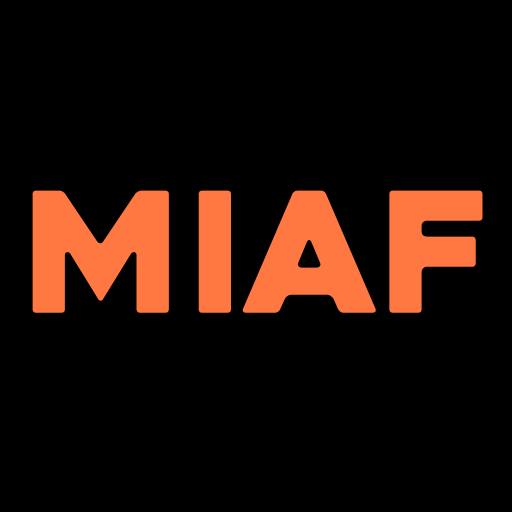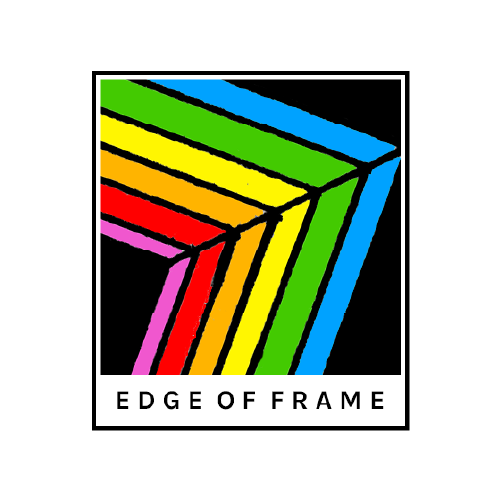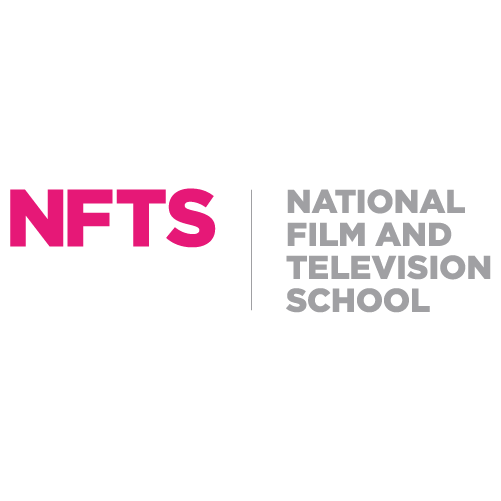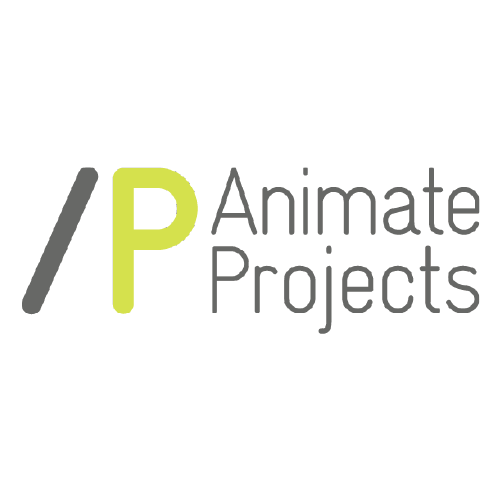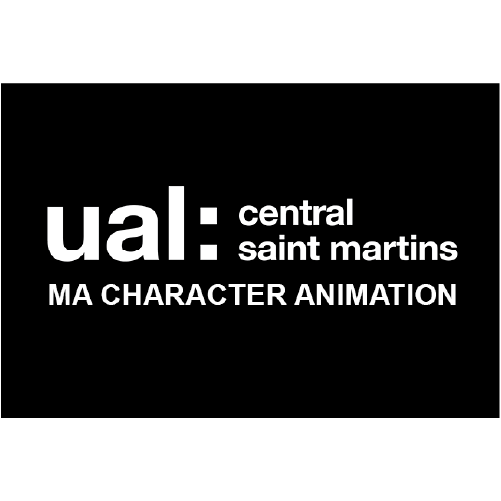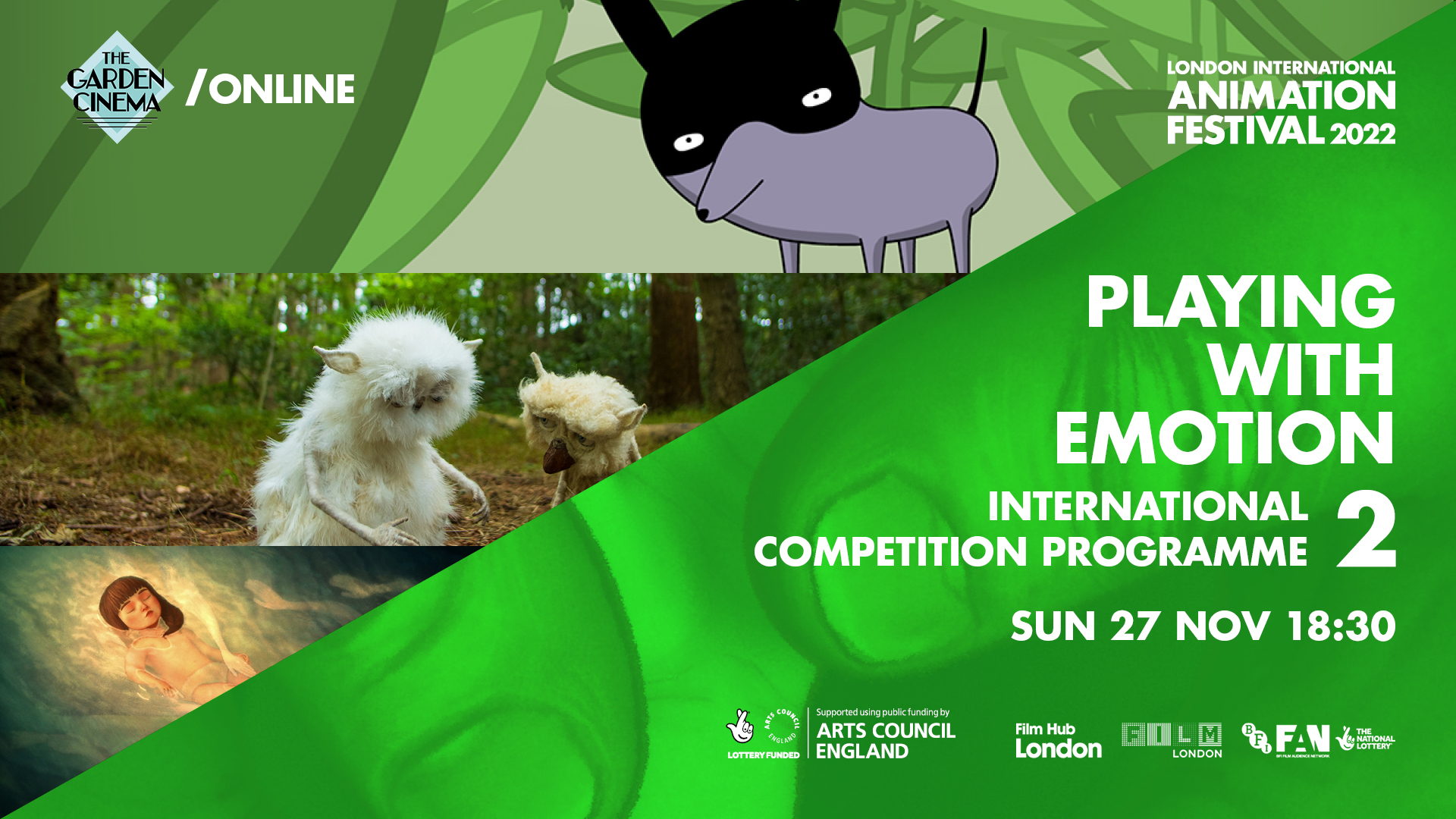
It turns out that – in animation the problem with ‘orthodox’ might just be that real is not real enough.
If you have never heard of Gunther Anders you are far from alone – and it probably also means you don’t speak German. And yet, Anders was remarkable in so many ways. He referred to himself as an ‘occasional philosopher’ and although he never formally became an academic he certainly possessed an incredible pedigree in the ‘thinking sciences’. His mother and father were both famous philosophers in Germany at the time and, in fact, his father coined the term Intelligence Quotient or IQ, which took on a bit of a life of its own and went on to have all sorts of adventures in which the original concept was twisted and misused. Anders was married for some time to Hannah Arendt, widely regarded to this day as one of the most influential political theorists of the 20th century.
Anders fled Germany for the United States to escape the rise of the Nazi regime and all that that meant to German Jews. Perhaps this terminally interrupted the rise of his potential as an accredited academic or perhaps he was never meant to be one. In the United States he crafted some incredible diaries that are only now being translated into English and brought to light in the English-speaking world in an extended series of podcasts titled ‘Real Is Not Real Enough.
These diaries are remarkable less for what they capture but more for how they capture it. The most enthralling of them is a history of 40 days in a costume factory and museum in Hollywood. Anders worked there cleaning and maintaining the merchandise and came to reflect on what role these garments played in the act of creating make-believe and in the thinking behind the people who determined the hierarchies and orders in which they were kept, sold and used.
Ralph Waldo Emerson once said “the mark of wisdom is to see the miraculous in the common”. Who knows, he probably said it more than once but it’s a beautiful phrase that – paradoxically – encapsulates a lot of uncommon wisdom. A lot of animators understand this on some level.
And so did Anders
“You start from the everyday observances. You have to have a starting point that is everyday life. But from there you have to open philosophical questions – but these philosophical questions always have to be bound to a very concrete situation.”
And around and around we go. All of this feeds into a recipe for creating great animation – animation that breaches the ‘orthodox’ – remember that word, we’ll be back to work it over shortly.
A lot of people would assume that the easiest way for an animated film to not get selected into LIAF (or lots of animation festivals really) is to send in something that is badly animated. Sending in bad animation is certainly a good head start in not getting selected but so too is sending in something that, while perhaps perfectly well animated, lacks the spark (or the blowtorch) that utilises all the unique properties of animation to create a world that can only be imagined and realised within that realm.
Animation scholar and all-round nice guy, Paul Wells, has spent a lot of time thinking, speaking and writing about this. In attempting to navigate the log-strewn canal that is the lot of those who are trying to define animation, Wells suggests that animation essentially falls into three broad groups: Experimental, Developmental and (drum roll please), Orthodox.
“Experimental”, in a nutshell, is the kind of work that turns up in LIAF’s Abstract Showcase although those equipped with the right set of eyes will see examples of this type of animation in all sorts of places hiding in plain sight and earning a living as components of advertising animation for example, or movie titles. When (and if) they see it, most people recognise this kind of animation but in case they need any help Wells says experimental animation has core characteristics that include “abstraction, specific non-continuity, interpretive form, evolution of materiality, multiple style, presence of the artist, and dynamics of musicality”.
It gets more interesting when we head north to contemplate Wells’ definitions of orthodox and developmental animation. Wells describes the key characteristics of orthodox animation as being defined by “the terms and conditions of configuration, specific continuity, narrative form, evolution of context, unity of style, absence of the artist, and dynamics of dialogue”. Translated, that kind of boils down to describing animated films that resemble live-action films in tone, style and structure.
Rounding out the troika, Wells says that ‘developmental’ animation contains varying blends of the properties of both experimental and orthodox animation. Now it’s a party!
Here at LIAF we love abstract animation – we are one of the few ‘generalist’ festivals that devotes an entire competition programme to it. But if an animated film is going to have any sort of narrative structure it should have one that is driven by all the incredible potential that animation offers…. not just be an animated version of a live action film and making something that fits that description – to bring us back to where we started – is a good way to probably not get selected for LIAF.
This programme is packed beginning-to-end with those ‘developmental’ gems that Wells defines.
Hi! How Are You? by Lille based animator Gaïa Grandin-Mendzylewski has a pretty simple premise at its core. We all get asked this question, we all reply “fine”. It’s the sanitised impersonal two-step of polite society. Generally we like to be greeted by strangers we have to interact with and just as generally we have no intention of sharing our sombre realities with them – and they certainly don’t actually want to hear about them in any case. Grandin-Mendzylewski’s deceptively simple drawing style here masks a more intense dissection of the inner self of the narrator/character that is at once childlike and almost otherworldly in its wisdom. The visual artwork never goes beyond that of black outlines on clean white backgrounds but this only leaves all the more ‘emotional space’ for us to follow the characters into. It also allows them to seamlessly move between and through a diverse and strange assortment of worlds; it’s precisely the kind of narrative traffic flow that only animation can design and direct.
Pachyderm by Stéphanie Clement has an utterly different rhythm. The look of the film, its characters and environments are so beautifully crafted, it is easy to miss the fact that much of its impact relies on a surprising amount of stillness. Individual shots are held longer than has been the norm in the film world for a good long while. This serves to heighten the roll-call of little panics that make up a reality that is simmering away but ever-threatening to come to the boil. Much of the atmospheric scaffolding for it all relies heavily on this combination of art and pacing – just a beautifully unusual use of animation.
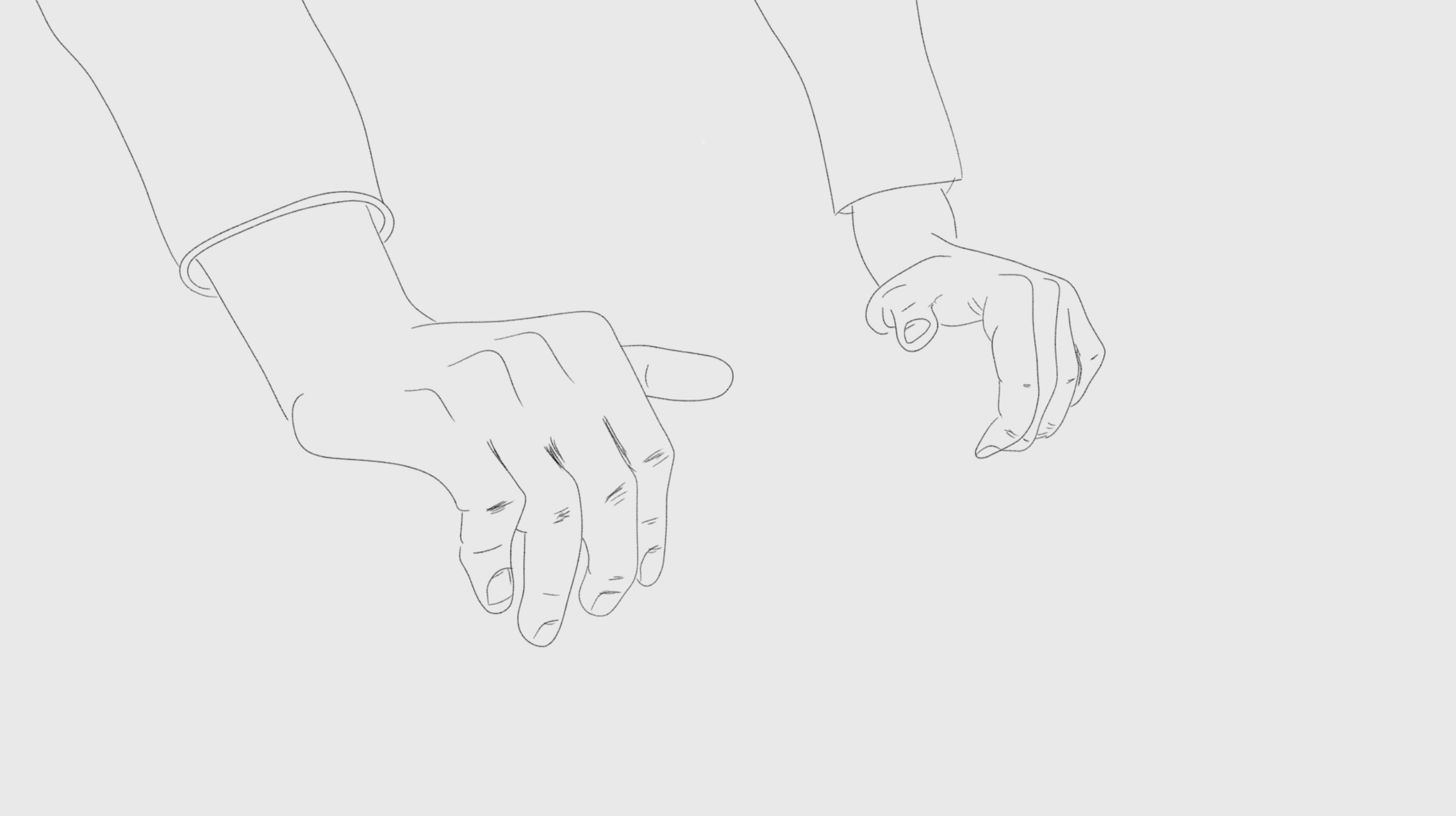
Emma Holzapfel, Onur Can Kargin and Kevin Koch are the trio behind Blessing In Disguise, a film that starts out exploring the innocuous “can I help you” dimension of our everyday lives but quickly goes to a darker space. The oceans may be deep, the heavens may be infinite but in so many cases the inner world of pretty much every person who stands in front of us on any given day is the territory that is the least explored and the least explained. Diving into that weighty void is something no machine has ever been invented to do. Taking that journey and making it vivid and real can only be an act of deliberate imagination and Blessing In Disguise does this brilliantly. Do our minds create these hidden inner spaces or do they respond to their gradual emergence? Classic chicken and egg stuff. And how to depict a whole universe of emotionality and the space it occupies, a space sometimes a million times bigger than the body it is dragging around? Animation to the rescue.
The journey music can take us on taps into an inner world of a different stripe. It is an experience we can all relate to but is a mystery – really – to one and all. Brain scans have shown various recesses in the brain lighting up when somebody pops on a favourite track (or a horrible one) but actually articulating that experience is something that only a living, breathing imagination connected to the hand of an animator can really do justice to. The Record by Jonathan Laskar jumps in and explores how music is connected to our very souls, the soul being probably the organ we truly hear music with (and through) when you think about it.
Likewise, how do words actually work? Delving into what the process of ‘experiencing’ words is is the starter fluid for When I Am Sad by Lilit Altunyan. Words themselves have a variety of forms of course. The written word has an obvious visuality. And many words provoke quite specific images in the mind’s eye even if there are a world of variants that apply to each one. A truck is a truck but how big, what colour, perhaps it has writing on the side or is carrying a strange load. But even so, a truck is a truck. When I’m Sad goes deeper though, showing what the very sense or feel of a word looks like as it travels through the parts of a body that have to absorb and translate it and, on occasion, have to do something with that sensation whether they want to or not. Other than maybe a poet, it’s hard to imagine any other type of artist other than an animator even attempting this.
“If our dreams were solid, we would be limited to what we could dream to our bedroom size”. Just one of the many pearls of pure artistic philosophy that permeates the closing film Meta by Antje Heyn. This is the perfect film to end a programme bursting with films that showcase the ways that animation, when pushed beyond the orthodox, can illuminate pretty much anything that an animator can imagine. It is a film about the limitless possibilities of form and how those limitless possibilities can sometimes bounce off the limits we’ve been trained to apply to form in our world so that we might have a chance of making some sense of it.
But Meta shows us we have nothing to lose by letting go of those limits. Chaos does not break out, the sky does not fall in and although pitch dark in the middle of the night as this is being scribed, a certainty about the sun rising in the morning beats loud and clear in the chest of your author. Meta is an exhortation to surrender and let animation rise before you and reveal its endless creative possibilities. In animation – as we like to say around these parts – if you can imagine it you can show it. Meta is a brilliant example of just what orthodox animation is definitely not… which is how it came to get selected for LIAF this year.
by Malcolm Turner
Playing with Emotion screens at The Garden Cinema and online Sun 27 Nov find out more




